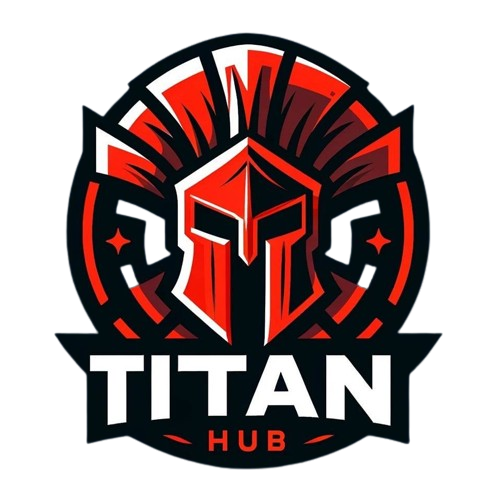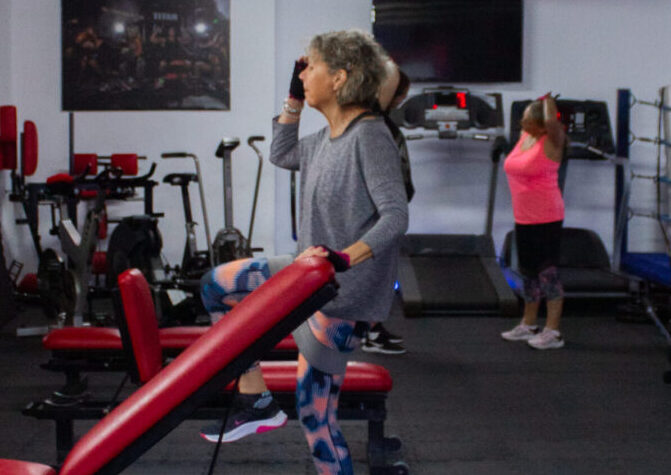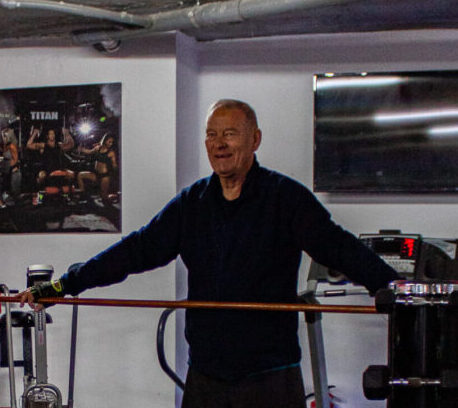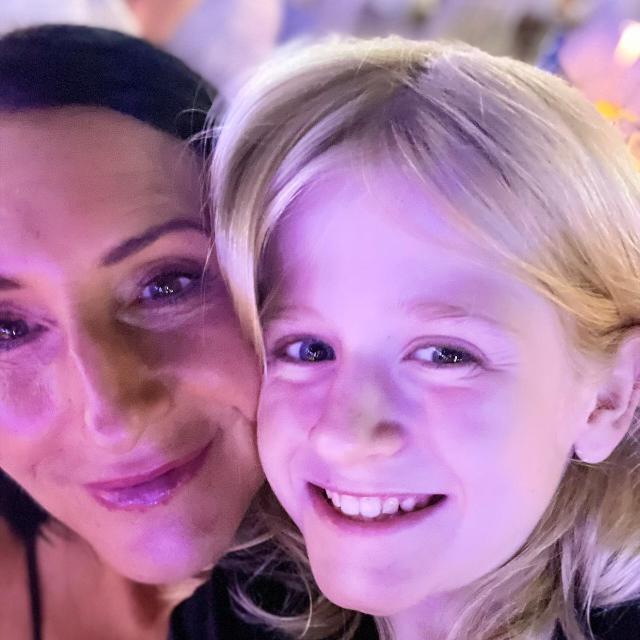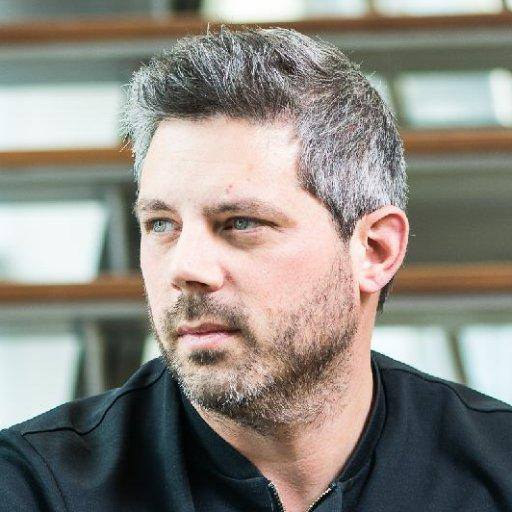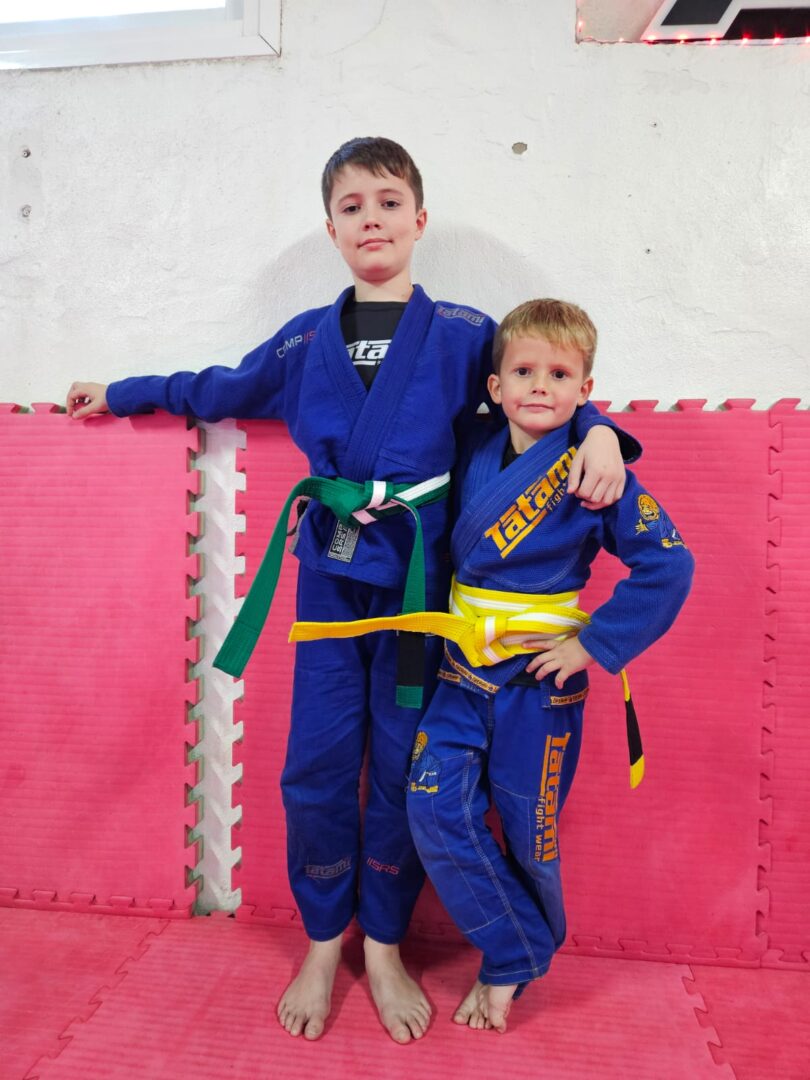Beyond the Mat: How Brazilian Jiu-Jitsu Cultivates Tomorrow’s Leaders
Brazilian Jiu-Jitsu (BJJ) offers more than just self-defense skills; it’s rigorous training for cultivating essential leadership qualities, problem-solving capabilities, and mental resilience.
These attributes are highly valued in today’s demanding business environment.
BJJ’s principles and practices provide a framework for developing a growth-oriented mindset, fostering adaptability, and instilling the discipline necessary for sustained success.
This article explores how BJJ training translates into tangible benefits, shaping children into confident, resourceful, and effective leaders.
Building a Foundation for Success: The BJJ Advantage
BJJ presents a unique learning environment where individuals overcome obstacles through strategic thinking, persistent effort, and collaborative spirit.
It’s not simply about physical prowess; it’s about developing a mindset focused on continuous self-improvement and tactical awareness.
Through expert instruction and consistent training, participants cultivate resilience, learn to adapt to dynamic situations, and adopt a growth mindset – qualities essential for navigating complexities.
Imagine stepping into a BJJ academy. The air is filled with the focused energy of students drilling techniques, the rhythmic slapping of hands and feet on the mats, and the encouraging words of instructors.
Children are paired up based on size and experience, learning to apply leverage and technique to control and subdue their training partners. They are taught to respect their partners and prioritize safety, creating an atmosphere of mutual learning and growth.
Teach Your Child Real Brazilian Jiu-Jitsu
Embracing the Grind: Discipline and Delayed Gratification
The belt ranking system in BJJ embodies delayed gratification. Advancement through the ranks demands consistent effort, unwavering dedication, and a willingness to embrace the challenges inherent in training.
This journey instills a sense of discipline and commitment to long-term goals, mirroring the demands and rewards associated with building a successful career. Individuals learn that success results from sustained effort and strategic planning.
Progressing from a white belt to a blue belt, for instance, typically takes a dedicated student one to two years of consistent training.
During this time, they must master fundamental techniques such as escapes from various positions, basic submissions, and defensive strategies.
This requires consistent attendance, focused practice, and a willingness to learn from mistakes.
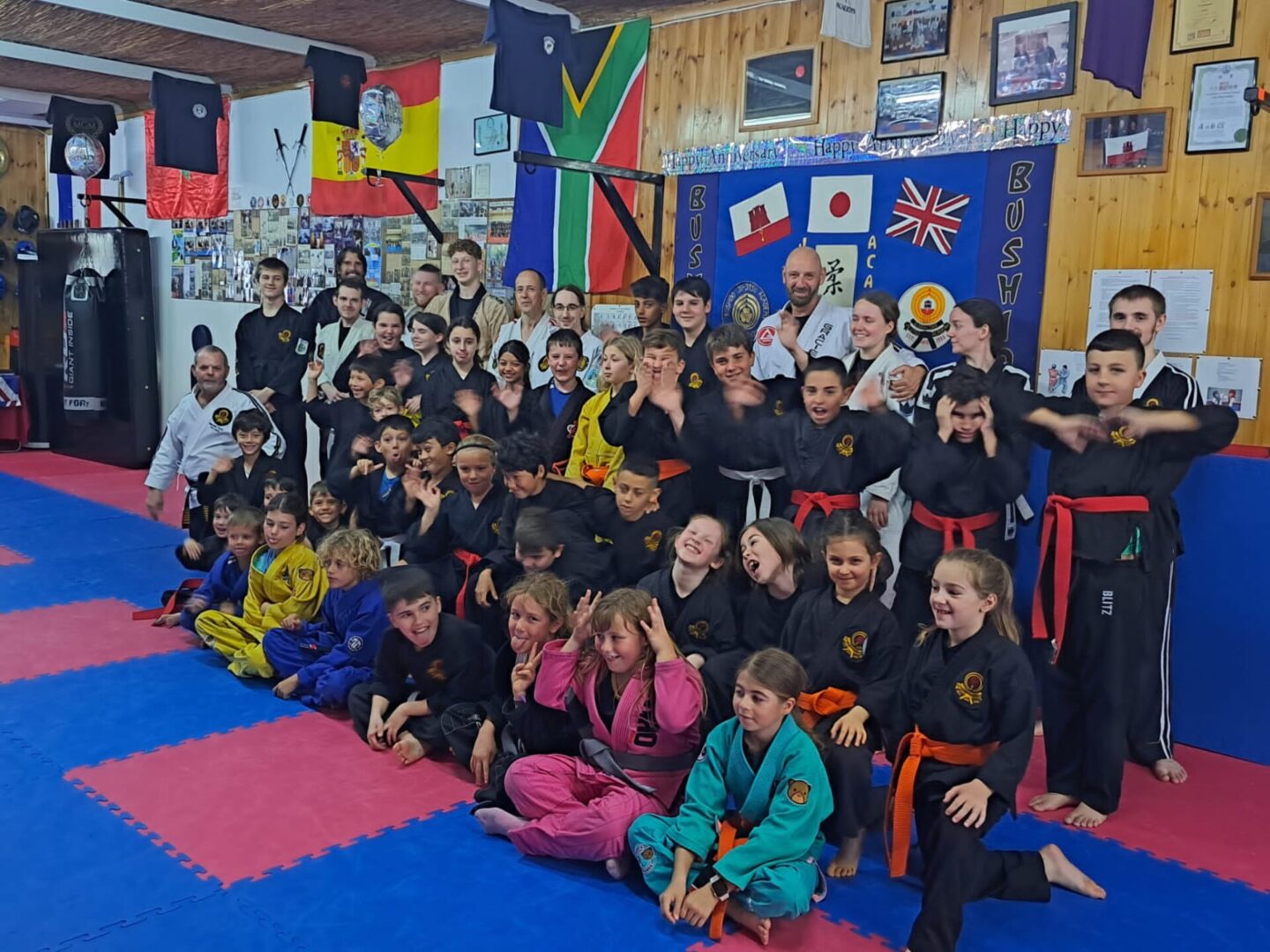
Strategic Thinking in Action: Problem-Solving Under Pressure
Each BJJ session presents tactical challenges. Students must analyze their opponent’s movements, identify vulnerabilities, and develop strategies to gain an advantage.
This constant problem-solving, often performed under pressure, hones critical thinking skills and cultivates the ability to make quick, informed decisions – essential for effective leadership.
Consider a scenario where a student finds themselves caught in a triangle choke. To escape, they must quickly assess the situation: How tight is the choke? Where is their opponent’s weight distributed? What escape options are available?
They might attempt to stack their opponent, create space to relieve the pressure, or transition to a different position. Each option carries its own risks and rewards, requiring the student to think strategically and react decisively.
Teach Your Child Real Brazilian Jiu-Jitsu
Cultivating Character: The Pillars of Leadership
BJJ fosters a culture of respect, responsibility, and perseverance. These core values are integrated into training, shaping individuals into well-rounded people with a strong moral foundation.
Respect and Humility: Building Strong Relationships
BJJ emphasizes respect for instructors, training partners, and the art itself. Students learn to value the knowledge and experience of others, fostering a collaborative environment where everyone can learn and grow.
Humility is also a key component, as practitioners are constantly reminded of their limitations and the need for continuous improvement. These qualities translate into strong interpersonal skills, essential for building effective teams and fostering positive working relationships.
Within a BJJ academy, respect is demonstrated through specific etiquette, such as bowing to the instructor upon entering and leaving the mat, addressing senior belts with appropriate titles, and actively listening during instruction.
Instructors encourage humility by emphasizing the importance of continuous learning, acknowledging the contributions of others, and fostering a supportive environment where mistakes are seen as opportunities for growth.
Resilience and Perseverance: Overcoming Obstacles
BJJ is inherently challenging. Students face constant setbacks, whether it’s being submitted by a more experienced opponent or struggling to master a new technique.
These challenges build resilience and teach individuals to persevere in the face of adversity. They learn to view failure as an opportunity for growth, developing the mental fortitude necessary to overcome obstacles.
Imagine a student consistently struggling with a particular escape. They might feel frustrated and discouraged, but through the guidance of their instructor and the support of their training partners, they learn to break down the technique into smaller steps, identify areas for improvement, and practice consistently until they achieve mastery. This process not only develops their technical skills but also builds their resilience and perseverance.
From the Mat to the Professional Arena: Transferable Skills
The skills honed on the BJJ mat extend far beyond self-defense, positively impacting behavior, academic performance, and social interactions. These transferable skills provide a solid foundation for future success.
Enhanced Focus and Concentration: Maximizing Productivity
BJJ demands intense focus and attention to detail. Students must be fully present, anticipating their opponent’s movements and reacting accordingly.
This heightened awareness translates into improved concentration. The mental exertion required to strategize and execute techniques effectively trains the mind to remain focused, filtering out distractions and enhancing cognitive function. This ability to focus is critical for maximizing productivity and achieving goals.
The need to be fully present during training, anticipating and reacting to an opponent’s moves, requires mental focus. This mental engagement strengthens neural pathways associated with attention and concentration.
Adaptability and Innovation: Thriving in a Dynamic World
In BJJ, no two situations are ever exactly the same. Students must constantly adapt their strategies and techniques to respond to their opponent’s movements.
This cultivates adaptability and encourages creative problem-solving, essential skills for navigating the business world. Just as a BJJ practitioner adjusts their guard based on their opponent’s stance, professionals must adapt to evolving market conditions and emerging technologies.
For example, a BJJ practitioner might plan to execute a specific submission, but if their opponent defends effectively, they must be prepared to switch to a different technique or adjust their strategy on the fly.
This ability to think on their feet and adapt is directly applicable to the professional world, where unexpected challenges and opportunities often arise.
Conflict Resolution and De-escalation: Leading with Composure
While BJJ provides effective self-defense techniques, a core tenet is avoiding physical confrontation whenever possible.
Students learn to assess situations, de-escalate tension, and resolve conflicts peacefully. These skills are invaluable, where effective communication and conflict resolution are essential for maintaining positive working relationships and fostering a productive environment.
Students learn to recognize the warning signs of escalating conflict, use calm and assertive language to de-escalate tension, and find common ground to resolve disagreements peacefully.
These skills are transferable to professional settings, where leaders must navigate difficult conversations, mediate disputes, and build consensus among team members.
Gi or No-Gi: Shaping Different Approaches
The distinction between Gi and No-Gi training enhances the development of diverse skill sets. Gi training, which involves wearing a traditional uniform, emphasizes precise movements, strategic thinking, and leveraging grips for control.
The Gi provides additional friction and control points, leading to a more methodical and deliberate approach. No-Gi training focuses on speed, agility, and body positioning, requiring practitioners to rely more on instinct and adaptability.
The absence of the Gi necessitates a greater emphasis on dynamic movement and explosive transitions. Exposure to both styles cultivates a well-rounded skillset, allowing individuals to approach challenges from multiple perspectives and adapt their strategies as needed.
In Gi training, a practitioner might focus on techniques that utilize the fabric of the Gi to control their opponent’s movements and create submission opportunities.
They might emphasize precise grip placement, leverage, and slow, methodical movements. In contrast, a No-Gi practitioner might focus on techniques that rely on speed, agility, and body positioning to achieve control and submissions. They might emphasize dynamic transitions, explosive movements, and a more freestyle approach.
The structured, methodological approach of Gi training compared to the dynamic, adaptive nature of No-Gi training mirrors different leadership styles.
Gi training cultivates a methodological leader, one who values structure, planning, and careful execution. This leader excels at creating systems, establishing processes, and ensuring that tasks are completed efficiently and effectively.
No-Gi training fosters an adaptive leader, one who thrives on quick thinking, flexibility, and the ability to respond effectively to rapidly changing circumstances. This leader excels at navigating uncertainty, embracing innovation, and leading teams through periods of disruption.
Finding the Right Academy: Nurturing Growth
Selecting the right BJJ academy is crucial for a positive experience. The ideal academy should prioritize safety, provide experienced instructors, and foster a supportive environment where students can thrive.
Look for instructors who possess technical expertise and demonstrate a genuine passion for teaching and mentoring. A positive academy culture will reinforce the values of respect, discipline, and perseverance, further enhancing the long-term benefits of BJJ training.
When evaluating a BJJ academy, consider the following factors:
- Instructor Qualifications: Look for instructors who have a proven track record of success in BJJ, hold recognized certifications, and demonstrate a clear understanding of pedagogy.
- Safety Protocols: Ensure that the academy has established safety protocols in place to minimize the risk of injury, including proper warm-up routines, supervised sparring sessions, and clear guidelines for reporting injuries.
- Academy Culture: Observe the interactions between instructors and students, and between students themselves. Look for an environment that is supportive, inclusive, and respectful.
The Long-Term ROI of BJJ
Enrolling in BJJ classes represents an investment. It’s an investment in character development, mental fortitude, and the capacity to lead.
By providing individuals with the tools and values to thrive, it sets the stage for a lifetime of personal fulfillment and professional achievement.
More than just a hobby, BJJ provides a foundation for building future leaders. The discipline, problem-solving skills, and resilience cultivated translate into success.
